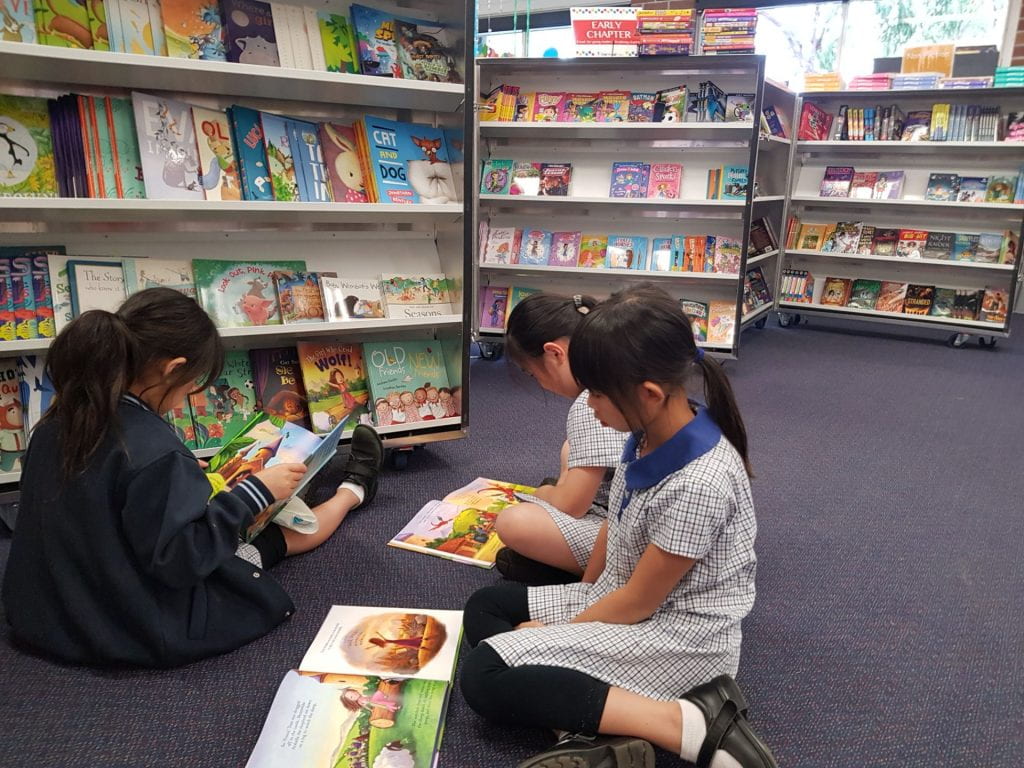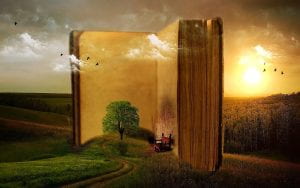
Book Fair Bonanza
Two weeks ago I finished a book fair from a local company (Carnival Book Fairs). Initially, it was to be a virtual fair however it was changed to a traditional fair with the books on display for purchase in the library space. Mainly because covid cases in Sydney are very low and our students have missed out on so many other things this year. My contact at the company informed me sales would be down due to parents not able to visit and the general trend to more careful spending by families.
The 6 large silver cases arrived with all the goodies and I arranged the 3 fiction cases on one side and the non-fiction on the other. First impressions of the fiction selection saw more graphic novels, more series and new authors I didn’t recognise. First impressions of the non-fiction cases showed more products which were spin offs of television shows, computer games and movies. There were a few traditional texts on topics such as netball and trucks etc. Educational titles such as Maths in Nature and Stem topics were there too.
This time it was interesting to see what students went for first without parent influence.
Overwhelmingly, items connected with computer games, movies and television programs were the hot items. Everything Minecraft, Disney Frozen/Princesses, glittery unicorns and secret diaries sold out quickly and orders needed to be placed. The fiction side was slower to move and needed closer scrutiny before decisions were made. Blurbs were promoted and read by students and the first few pages were perused. Students took wishlists home and parents had more say and more books were included in purchases made.
I noticed:
- cultural diversity titles and characters were minimal.
- indigenous titles were minimal.
- gender equality titles were included in a reasonable number.
- a good selection of visual narratives (graphic novels) were on the shelves.
- spin-off products from computer games, movies, streamimg services and television programs were common and popular.
Kathy Short (2018) in her article described all of these trends listed in the dot points above in children’s literature. Collection development policies are highlighted in school libraries as being essential to challenge the market (Short, 2018), particularly in the cultural diversity and indigenous content that is lacking in the commercial production of mainstream products. The focus in our library in the past year has been to seek out and include culturally diverse and indigenous narratives. Gradually more and more titles for primary school age children are available but not generally in mainstream bookshops. I need to seek them out in specialist bookshops.
My fair was the most successful ever! I sold the highest amount our school has ever sold and earned myself 35% in commissions.
Do you have a vision for the future of children’s literature?
I hope that children’s literature is valued and essential to growing up.
Who will be the drivers of change?
Readers of all ages
Technology innovations
Government and schools to broaden access
Publishing companies
Teacher librarians of course!
Short, K. (2018). What’s trending in children’s literature and why it matters. Language Arts, 95(5), 287-298. https://search-proquest-com.ezproxy.csu.edu.au/docview/2036727382?accountid=10344&rfr_id=info%3Axri%2Fsid%3Aprimo
 The Reading Agency. (2015, June). Literature review: The impact of reading for pleasure and empowerment. BOP Consulting. https://readingagency.org.uk/news/The%20Impact%20of%20Reading%20for%20Pleasure%20and%20Empowerment.pdf
The Reading Agency. (2015, June). Literature review: The impact of reading for pleasure and empowerment. BOP Consulting. https://readingagency.org.uk/news/The%20Impact%20of%20Reading%20for%20Pleasure%20and%20Empowerment.pdf


